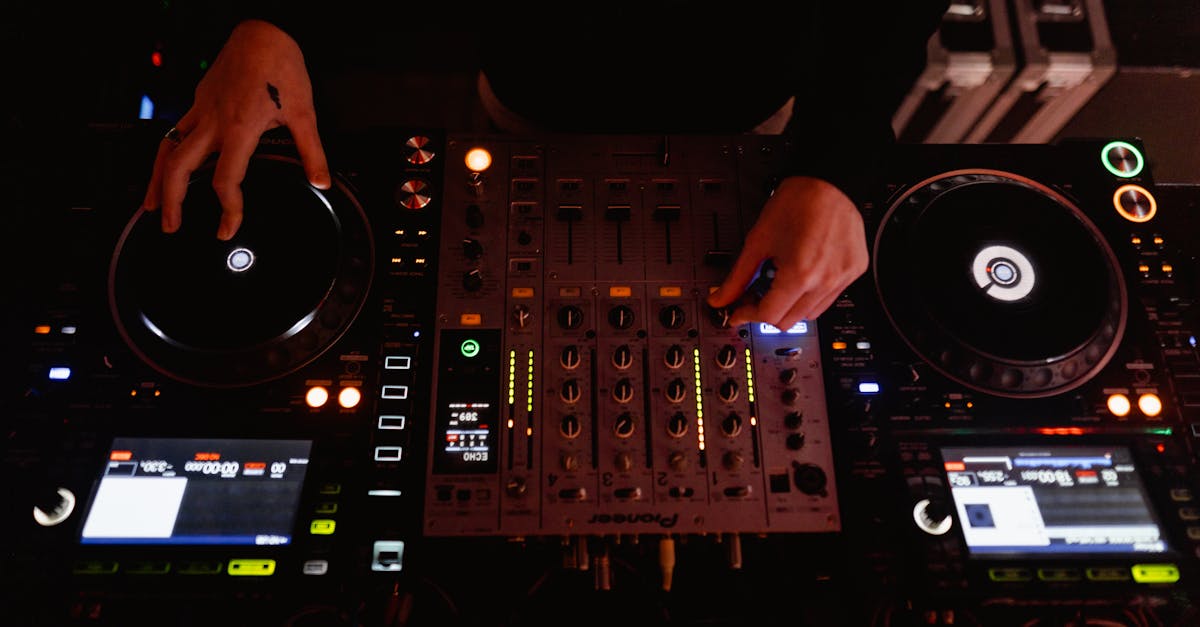Unveiling Sonic Diversity Exploring Global Music Traditions
Introduction: A World of Musical Richness
Across the globe, music is a universal language that transcends borders and cultures. Each region boasts unique musical traditions that tell stories of history, identity, and community values. Understanding global music traditions provides insight into cultural diversity and human creativity. From the elegant strains of classical Indian ragas to the vibrant rhythms of the Caribbean, the world is brimming with sonic diversity. This exploration delves into various traditional music forms, celebrating their nuances and significance. Uncover the fascinating layers of musical heritage waiting to be explored.
Advertisement
African Rhythms and Melodies
Africa is often referred to as the birthplace of music and rhythm. With hundreds of ethnic groups, each with its own musical identity, the continent is a treasure trove of musical styles. Traditional African music is characterized by complex polyrhythms, where overlapping beats create rich textures. Instruments like djembes and mbiras are central to many African musical traditions. The music often serves ceremonial purposes, from weddings to spiritual rituals. Even popular genres like jazz and blues trace their roots to African musical traditions.
Advertisement
Asia: Sounds of Tradition and Innovation
Asia's vast landscape is home to a myriad of musical traditions, reflecting its rich cultural tapestry. Indian classical music, with its intricate raga and tala systems, is both an art form and a spiritual experience. In contrast, the traditional music of China, with instruments like the erhu and guzheng, is steeped in ancient history and philosophy. Japanese music often blends the old with the new, evident in the harmonious sounds of koto blending with modern pop music. Across Southeast Asia, gamelan orchestras produce mesmerizing, hypnotic harmonies. Asia's musical diversity continues to inspire and evolve.
Advertisement
The Harmonious Blend of European Classics
Europe's musical heritage is a journey through history, showcasing the evolution of Western classical traditions. The grandeur of baroque, the emotional depth of romantic, and the innovation of modern classical music mark different eras. Instruments like the violin and piano have played pivotal roles in Europe's musical narrative. Folklore also enriches European musical traditions, with countries like Ireland known for lively jigs and reels. Operas and symphonies continue to thrive, proving the timeless appeal of classical European music. Europe remains a global hub for musical excellence and innovation.
Advertisement
The Vibrant Rhythms of Latin America
Latin America pulses with vibrant musical genres, deeply rooted in culture and history. Brazilian samba and bossa nova are synonymous with infectious rhythms and dance grooves. The romanticism of Argentine tango is both a dance and a way of storytelling. In the Caribbean, steelpan music and reggae from Jamaica capture the spirit of island life. Traditional Mexican mariachi ensembles bring lively performances to cultural celebrations. Latin music embodies passion, movement, and community, often serving as a bridge between past traditions and modern influences.
Advertisement
Middle Eastern Melodies of Mystery and Expression
Middle Eastern music is characterized by its charismatic maqamat (modes) and rich melodic lines. Instruments such as the oud, qanun, and ney produce hauntingly beautiful sounds. The rhythms and scales provide a complexity that mirrors the region's deep history and cultural richness. Traditional music often accompanies celebratory events, weddings, and religious occasions. With the influence of modern technology, contemporary Middle Eastern artists blend traditional sounds with global beats, creating a powerful and emotive musical experience.
Advertisement
Oceania: The Echoes of Indigenous Soundscapes
Oceania's music deeply reflects the connection between the land, culture, and community. Indigenous Australian music, featuring the iconic didgeridoo, connects people to ancient spiritual practices. In the Pacific Islands, vocal harmonies and traditional percussion instruments build community cohesion and celebrate ancestry. New Zealand's Maori music often includes the powerful haka, a symbolic Maori war dance and chant. With the ocean as a muse, Oceania's sounds are a testament to the resilience and creativity of its peoples. These traditional music forms continue to be celebrated and preserved.
Advertisement
North American Musical Fusion
North America is a melting pot where diverse musical traditions meet and evolve. Native American music emphasizes vocals and percussion as a channel of spiritual and cultural expression. The U.S. uniquely blends genres like blues, jazz, and country, rooted in European and African influences. Canada’s multiculturalism shines through diverse music from folk to contemporary pop. Cross-cultural exchanges have birthed genres like rock, hip-hop, and electronic dance music, shaping global trends. North America's resilient and innovative music scene continually pushes boundaries, celebrating its rich musical heritage.
Advertisement
Exploring the Global Impact of Traditional Music
In our interconnected world, traditional music serves as a powerful cultural ambassador, fostering mutual understanding and appreciation. Worldwide, musicians draw inspiration from traditional sounds, infusing them with modern interpretations. Festivals dedicated to world music attract international audiences, spotlighting the role of music in cultural exchange. Modern technology bridges geographical gaps, allowing traditional music to reach global platforms. By preserving and promoting traditional music, we ensure the survival and flourishing of diverse cultural expressions and heritage for future generations.
Advertisement
Summary: Celebrating Musical Heritage
Music is a universal thread weaving through the tapestry of humanity. Global music traditions reflect the richness of our world, offering deep insights into diverse cultures. Uncovering these musical treasuries helps us connect across boundaries and cherish shared human experiences. As we engage with various music traditions, we nurture a deeper empathy and an appreciation for art diversified by its roots. Celebrating sonic diversity enriches both our personal and collective lives, fostering a harmonious global community mindful of its musical legacy.
Advertisement







